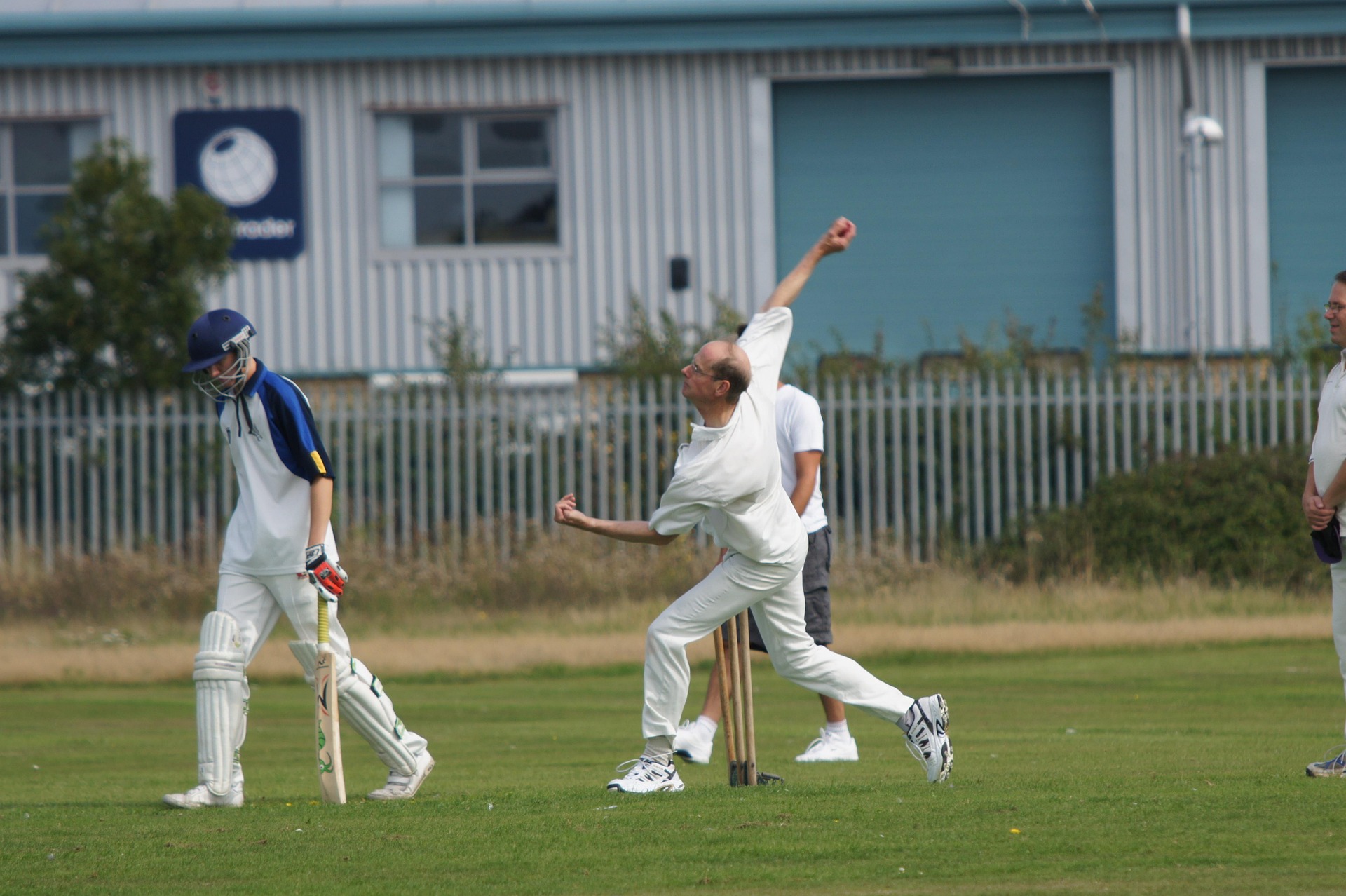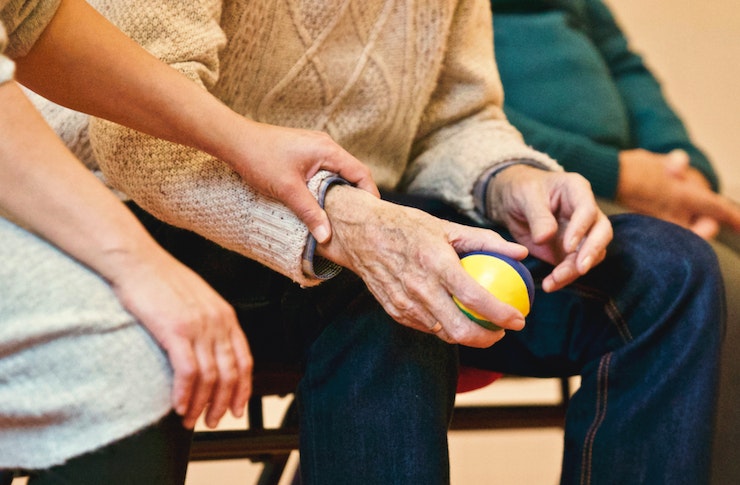Debunking the Mysteries of Biomechanics in the Athletic World
Unraveling the secrets of the human body in motion, this article delves into the fascinating realm of sports biomechanics. Explore how this intricate science is revolutionizing training and performance strategies across myriad sports disciplines. Biomechanics, the science of movement, is a branch of physics that applies mechanical principles to the understanding of human movement. Historically, the study of biomechanics began as early as 300 BC with Aristotle's "On the Motion of Animals." Through the centuries, this field has evolved, revealing complex insights into how the human body moves, performs, and reacts to different physical activities.

The Intersection of Biomechanics and Sports
In the realm of sports, biomechanics has become an integral part of training and performance analysis. By understanding the mechanical principles behind human movement, athletes and coaches can optimize technique, enhance performance, and prevent injury. This integration of biomechanics has led to groundbreaking transformations in sports training, from running and swimming to gymnastics and weightlifting.
The Impact of Biomechanics on Athletic Performance
The role of biomechanics in sports performance cannot be overstated. It aids in the development of efficient movement patterns, thus optimizing performance and reducing the risk of injury. For instance, by analyzing the biomechanics of a sprinter’s stride or a swimmer’s stroke, coaches can fine-tune techniques to maximize speed and efficiency. However, the application of biomechanics extends beyond individual performance. It also contributes to the design of sport-specific equipment, enhancing safety, and improving competitive edge.
Challenges and Real-World Applications of Sports Biomechanics
While the benefits of biomechanics in sports are numerous, the application is not without challenges. The complexity of human movement requires sophisticated equipment and specialized knowledge to analyze accurately. Moreover, translating the theoretical principles of biomechanics into practical training strategies requires nuanced understanding and skilled coaching. Despite these challenges, the real-world applications of sports biomechanics are vast. From improving golf swings and basketball shots to enhancing athletic performance in sports like running, swimming, and cycling, the science of biomechanics is revolutionizing the way we approach sports training.
Biomechanics: The Future of Sports Science?
As technology advances and our understanding of the human body deepens, the role of biomechanics in sports is set to grow. Future applications could include advanced injury prevention strategies, personalized training programs based on individual biomechanical profiles, and even the development of sport-specific prosthetics for disabled athletes. While the full potential of biomechanics in sports is yet to be realized, its impact is already undeniable, marking it as a promising discipline within sports science.
To conclude, the science of biomechanics offers a fresh perspective on the understanding and enhancement of athletic performance. By unraveling the mysteries of human movement, sports biomechanics is paving the way for innovative training methodologies, improved performance, and a safer sporting environment.




